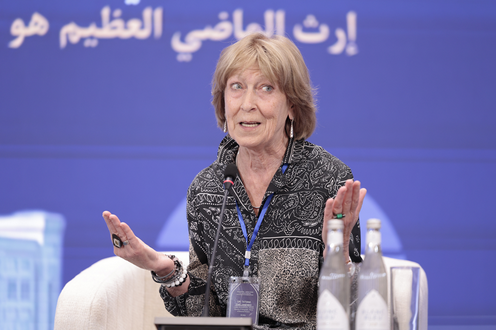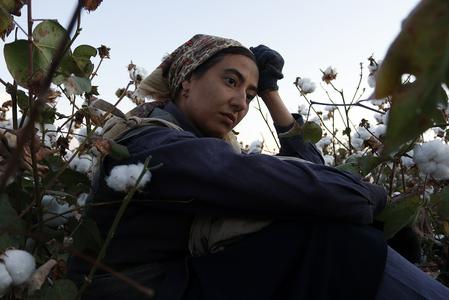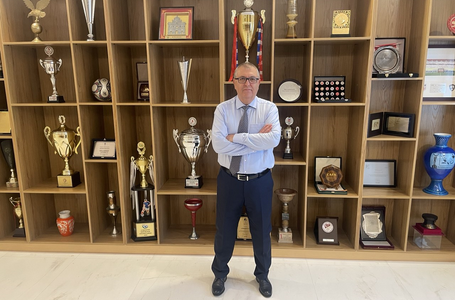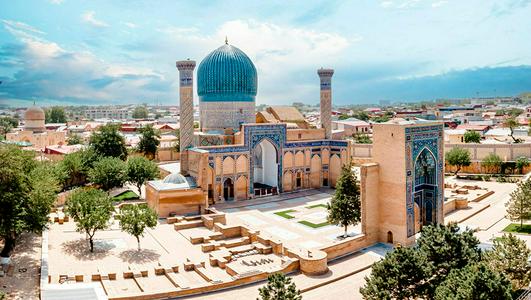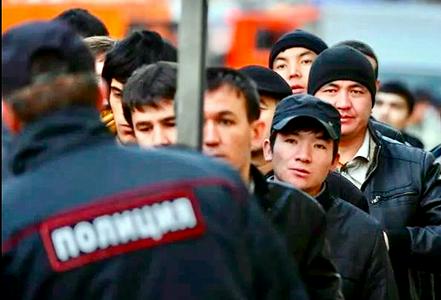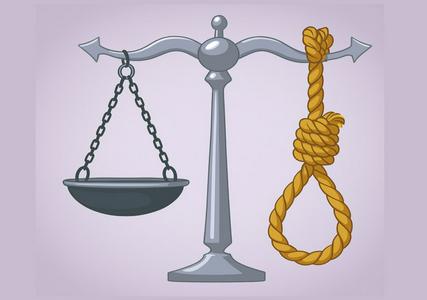Doctor of Historical Sciences and leading researcher at the Russian Ethnographic Museum, Tatyana Yemelyanenko, shared her impressions of Uzbekistan’s Center for Islamic Civilization.
— You have been following Uzbekistan’s cultural policy for a long time. In your opinion, what makes it distinctive?
— It is a long-term and consistent course toward cultural development and national representation. For about a decade now, Uzbekistan has systematically presented itself on the international stage through the best aspects of its history and contemporary cultural life.
— How does this consistency manifest itself?
— In large-scale, multi-year projects: the publication of the series Cultural Legacy of Uzbekistan in the Collections of the World, the organization of congresses, and the invitation of experts from around the globe. Yes, it is costly, but it unites people who sincerely love and study local culture. The result is a high level of international recognition. I have been part of this process since 2015 and have seen a steady rise in quality.
— The new Center for Islamic Civilization has been widely discussed...
— Indeed, discussions have been ongoing for quite some time. Last year, when we were taken to the building as part of a congress, it was still full of construction debris. At the congress itself, the authors of the center’s concept presented their ideas — which were still quite raw at that point. Everyone understood that significant refinement was needed. No one expected it to be completed so successfully in such a short time.
— What exactly was done well? The architecture, the exhibits, or the technology?
— Above all, the content and the museum technologies. As a museum professional, I can say that the multimedia solutions are excellent — the kind we often only dream of in Russia. Another key strength is the focus on children’s education: the halls, exhibits, and presentation formats are all designed to enlighten. If you want a strong country, you must strengthen education — and this is felt in every detail here.
— Was there anything that gave you pause?
— I was afraid it would be all “glitter” — shine without substance. Fortunately, the opposite happened: beauty combined with meaning. We are now looking forward to the upcoming exhibition on the khanates, which is planned for the transitional spaces — the corridors between the museum halls.
— Could that period be described as a decline after the Timurid Renaissance?
— It’s important not to use labels like “decline.” After the breakup of the imperial space — think of Timur, Shah Rukh, later Ulugh Beg — the Bukhara, Khiva, and Kokand khanates emerged. In many ways, they became inward-looking, strengthening local features and reducing contacts, including with the Iranian world to which they had historically belonged.
— Can this “inward turn” be traced through material culture?
— Yes. That’s why today we can confidently distinguish between Khivan, Kokand, and Bukharan dress — by cut, fabric, ornament, and decoration. If you look at miniatures from Bukhara or Herat, you can see how, over time, clothing increasingly adopted the loose, flowing “balakhon” shape — a Turkic visual element that began to dominate over the earlier Iranian one. Authentic garments from that era have rarely survived, but iconography tells the story.
— Returning to the Center, how would you define its conceptual value?
— Islam is presented not merely as a religion, but as a civilizational experience shared by many peoples over the centuries. Importantly, the Center does not erase earlier cultural layers — it does not, for example, brand Zoroastrianism as heresy — but rather shows continuity: Islam absorbed much from what came before it. I consider this approach methodologically sound.
— Your summary in one paragraph?
— Uzbekistan is consistently investing in its cultural showcase and expert community, thereby enhancing its international standing. The Center for Islamic Civilization represents a major step forward: advanced technologies, a strong educational focus, and a thoughtful approach to cultural continuity. The next task is to achieve ideal scholarly verification of the more complex exhibits — then the project will become exemplary not only in form but also in academic rigor.
The Center for Islamic Civilization was built in Tashkent next to the Khast-Imam complex. The building, inspired by medieval architectural monuments, features four portals 34 meters high and a central dome 65 meters tall. It includes a Hall of the Quran, a 460-seat conference hall, and a museum whose exhibitions cover Uzbekistan’s history from pre-Islamic times to the present. The Center is intended to serve as a platform for studying the heritage of the ancestors and reinterpreting it in collaboration with the International Islamic Academy of Uzbekistan and research and educational institutions around the world.
